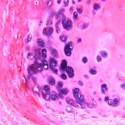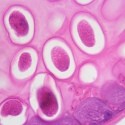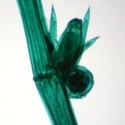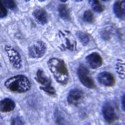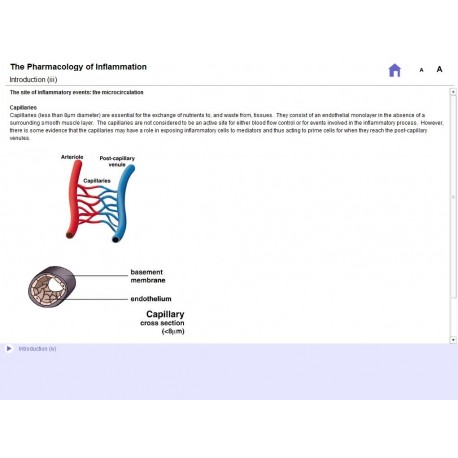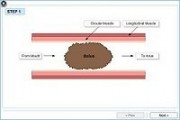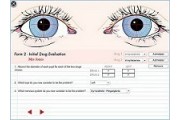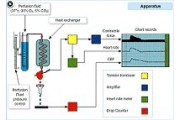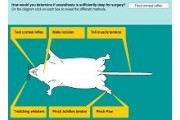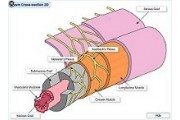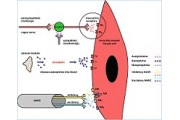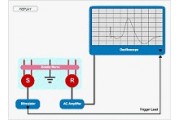No products
Prices are tax excluded
Inflammation Pharmacology
SB-13
A computer simulation of experiments to demonstrate the effects of pharmacological agents on the cutaneous inflammatory response in the anaesthetised rabbit.
Available Next Business Day
By buying this product you can collect up to 52 loyalty points. Your cart will total 52 points that can be converted into a voucher of $7.80.
Volume discounts
| Quantity | Discount | You Save |
|---|---|---|
| 2 | 3% | Up to $31.52 |
| 3 | 5% | Up to $78.80 |


The price covers all students within a department (multi-user educational licence). Once payment has been received the software is supplied as a download. Online Previews before purchasing are available on request.This program simulates a range of experiments designed to demonstrate the action of inflammatory mediators and pharmacological agents on the in vivo inflammatory response in the anaesthetised rabbit. The program uses data obtained from actual experiments and is aimed at undergraduate students on courses in which pharmacology is a major component. It may be particularly useful for teaching students either to support laboratory practicals or, in those departments where lack of equipment and/or technical expertise precludes this, as a student-centred alternative.
Introduction and Methods sections combine text and high- quality colour graphics to describe the animal preparation, the methods employed to measure oedema formation (extravascular accumulation of 125I - albumin) and neutrophil accumulation, and to provide the student with the essential background information required to understand the how the inflammatory response is triggered, and the mechanisms involved.
The Experiments section allows the student to select, from a menu, to study the effects of the following agents on oedema formation (and where appropriate on neutrophil numbers) in normal rabbits:
1. A range of direct mediators of increased microvascular permeability [histamine, bradykinin, platelet activating factor (PAF), Substance P, leukotriene D4], either alone (dose-response relationships), in the presence of a vasodilator (PGE2) or with receptor antagonists;
2. A range of agents which cause inflammation principally via neutrophil accumulation [complement Factor C5a, cytokines interleukins IL-1 and IL-8, the bacterial peptide f-methyl-leucyl-phenylalanine (FMLP), leukotriene B4, Tumour Necrosis Factor (TNFalpha)], either alone (dose-response relationships) and in the presence of a vasodilator (PGE2). The effects of neutrophil depletion and the importance of adhesion molecules are also covered;
3. Non-steroidal (local and systemic effects) and steroidal anti-inflammatory agents.
A section describing the results of selected experiments using sensitised rabbits is also included and covers the IgG (Reverse Passive Arthus response) and IgE response.
The results are presented in graphical form either as bar-charts or line graphs. The program contains numerous self-assessment exercises which demand interpretation of experimental data presented to them, and an understanding of the underlying inflammatory mechanisms. These student-centred activities make the program useful for self-directed learning or, in the ideal situation, it would be incorporated into a structured teaching programme and used with a teacher-designed workbook.Recommended System Requirements: Microsoft Windows XP (32 bit), Windows Server 2003 (32-bit), Windows Server 2008 (32 bit), Windows Vista (32 bit), Windows 7 (32 bit and 64 bit), Windows 8, 2.33GHz or faster x86-compatible processor, or Intel Atom 1.6GHz or faster processor for netbooks, 128MB of RAM (1GB of RAM recommended for netbooks); 128MB of graphics memory, Internet Explorer 7.0 or later, Mozilla Firefox 4.0 or later, Google Chrome, Safari 5.0 or later, or Opera 11.

